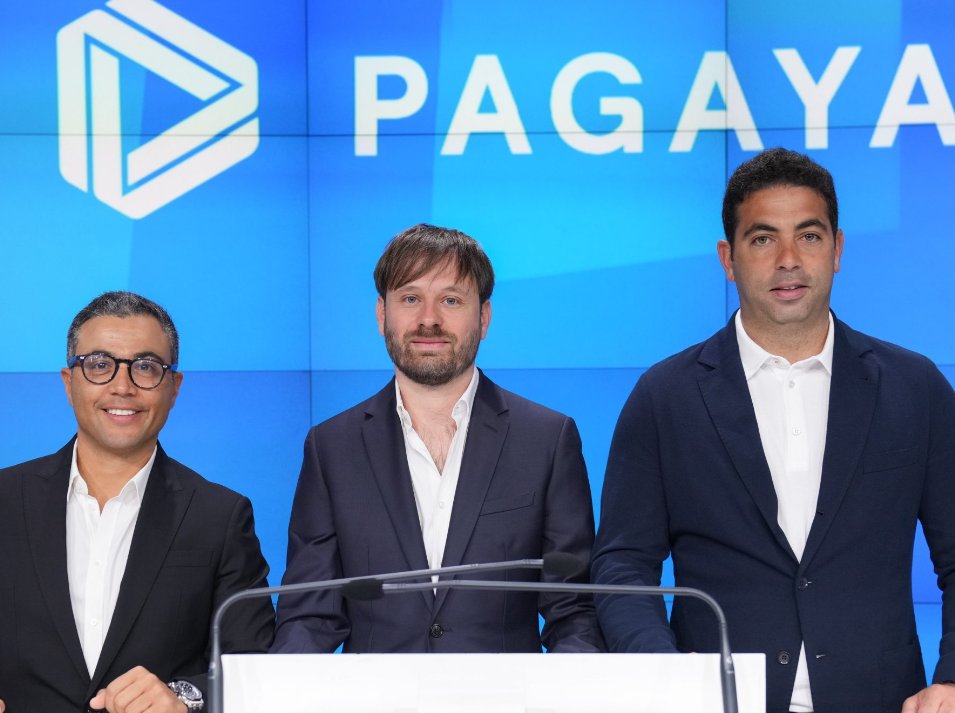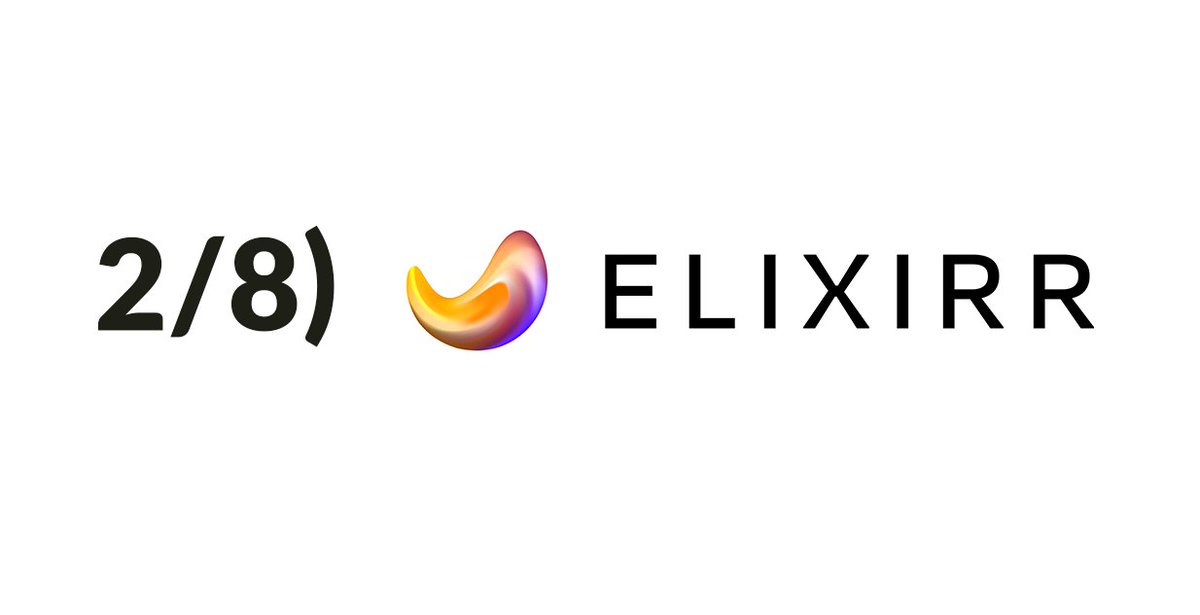
Long-term investor. BSc in Economics, MSc in Finance. Equity Analyst with a focus on Fundamental Analysis and Valuation. Not a financial advisor.
2 subscribers
How to get URL link on X (Twitter) App


 1) What Are Rare Earth Elements (REEs)?
1) What Are Rare Earth Elements (REEs)?

 1. Origins
1. Origins

 1) Origins
1) Origins

 1. Financial Highlights
1. Financial Highlights

 1. Origins: From Yandex to Nebius Group
1. Origins: From Yandex to Nebius Group

 1. Let's start with the Financial Highlights.
1. Let's start with the Financial Highlights.
 1. Introduction
1. Introduction

 1. First, it’s worth noting that the source is a Seeking Alpha article titled “Nebius: Minutes Of Our Call With The Company.”
1. First, it’s worth noting that the source is a Seeking Alpha article titled “Nebius: Minutes Of Our Call With The Company.” 
 1. Origins
1. Origins

 2) $HIMS
2) $HIMS

 1. Let’s start with the Financial Results.
1. Let’s start with the Financial Results.

 2) $ELIX.L
2) $ELIX.L

 1. Introduction to $TEM
1. Introduction to $TEM

 2) $MELI
2) $MELI

 1. The AI revolution is upon us, reshaping industries at an extraordinary pace. As businesses embrace AI-driven solutions, the infrastructure required to sustain this transformation is emerging as a pivotal challenge.
1. The AI revolution is upon us, reshaping industries at an extraordinary pace. As businesses embrace AI-driven solutions, the infrastructure required to sustain this transformation is emerging as a pivotal challenge.

 1. Today’s space industry might be comparable to the early days of the internet. It's at a pivotal moment in its evolution, with major developments happening globally each week.
1. Today’s space industry might be comparable to the early days of the internet. It's at a pivotal moment in its evolution, with major developments happening globally each week.



 2. $ASML
2. $ASML

 2) $ADYEN
2) $ADYEN

 2) $DCTH
2) $DCTH

 2) $HIMS
2) $HIMS